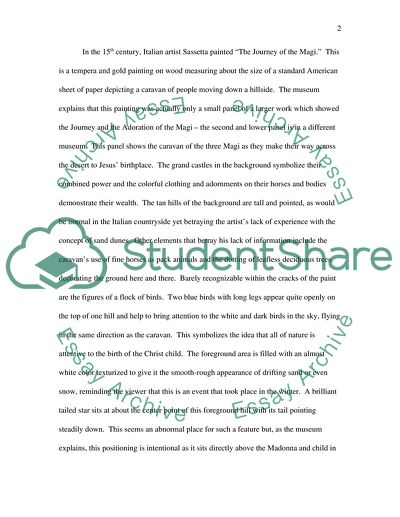Cite this document
(What the Landscape in the Paining Tells about Research Paper, n.d.)
What the Landscape in the Paining Tells about Research Paper. Retrieved from https://studentshare.org/culture/1737350-the-representation-of-landscape-from-1400-to-2010
What the Landscape in the Paining Tells about Research Paper. Retrieved from https://studentshare.org/culture/1737350-the-representation-of-landscape-from-1400-to-2010
(What the Landscape in the Paining Tells about Research Paper)
What the Landscape in the Paining Tells about Research Paper. https://studentshare.org/culture/1737350-the-representation-of-landscape-from-1400-to-2010.
What the Landscape in the Paining Tells about Research Paper. https://studentshare.org/culture/1737350-the-representation-of-landscape-from-1400-to-2010.
“What the Landscape in the Paining Tells about Research Paper”, n.d. https://studentshare.org/culture/1737350-the-representation-of-landscape-from-1400-to-2010.


